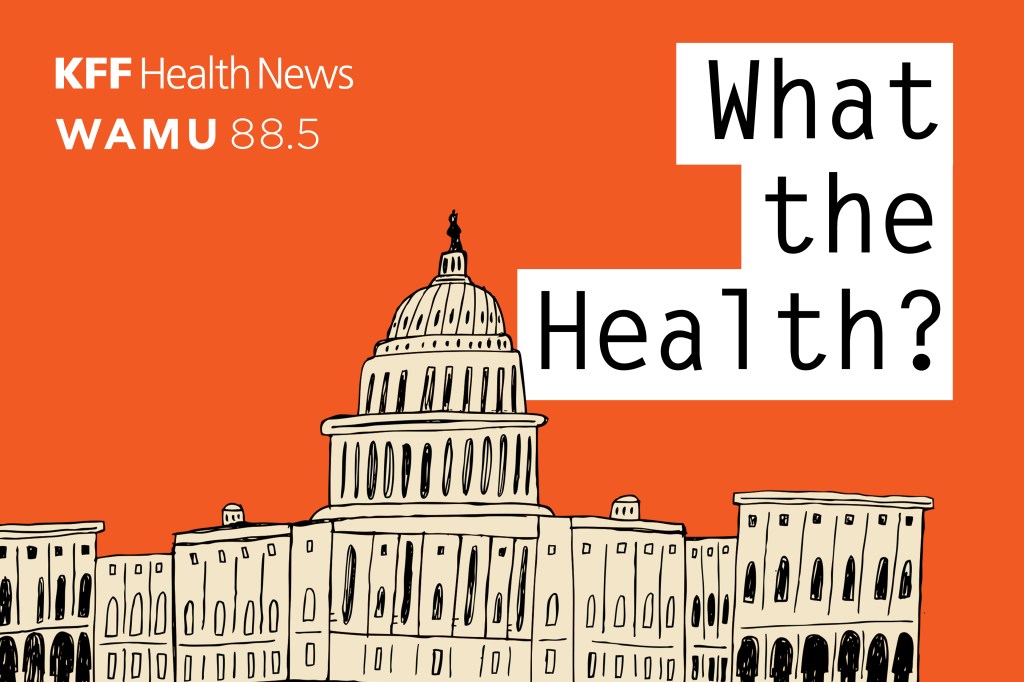A disturbing trend is emerging in the heartland of America. While cancer rates are declining nationally, six states – Iowa, Nebraska, Illinois, Minnesota, Indiana, and Kansas – collectively known as the Corn Belt, are experiencing a significant and alarming rise in cancer diagnoses.
The unusual spike prompted the University of Iowa’s Holden Comprehensive Cancer Center to convene a panel of experts to investigate. Dr. Marian Neuhouser, a leading nutrition and obesity researcher from the Fred Hutchinson Cancer Center, was among those tasked with unraveling the mystery behind these escalating rates.
Data analysis reveals a stark contrast. In 1999, cancer rates in the Midwest mirrored the national average. Now, for individuals aged 15 to 49, those rates are approximately 5% higher, a divergence that began in the early 2000s and continues to widen with each passing year.
Researchers are meticulously examining a complex web of potential causes, focusing on both environmental and lifestyle factors. The investigation isn’t looking for a single culprit, but rather a confluence of elements contributing to this unsettling trend.
Iowa, in particular, has been identified as a “hotspot” for exposure to carcinogenic agents. The state’s soil and groundwater contain elevated levels of naturally occurring radon and nitrate, largely attributed to extensive fertilizer use in agricultural practices. Both substances are linked to increased risks of lung and gastrointestinal cancers.
The widespread use of pesticides and herbicides, including glyphosate, is also under intense scrutiny. This broad-spectrum herbicide, the most commonly used pesticide globally, has been the subject of ongoing debate among scientists and regulators for decades.
The World Health Organization’s International Agency for Research on Cancer classifies glyphosate as “probably carcinogenic to humans,” its second-highest level of concern. Studies suggest a roughly 40% higher risk of developing non-Hodgkin lymphoma among those with long-term, high exposure, such as farmworkers.
Beyond environmental concerns, lifestyle factors are compounding the risk. Iowa reports a higher percentage of adults engaging in heavy or binge-drinking compared to the national average, alongside a significant obesity rate placing it among the most affected states.
The reality is that cancer is rarely caused by a single factor. It’s a complex interplay of genetics, environment, and lifestyle. Understanding these interconnected elements is crucial to reversing this troubling trend in the Corn Belt and protecting the health of its residents.






